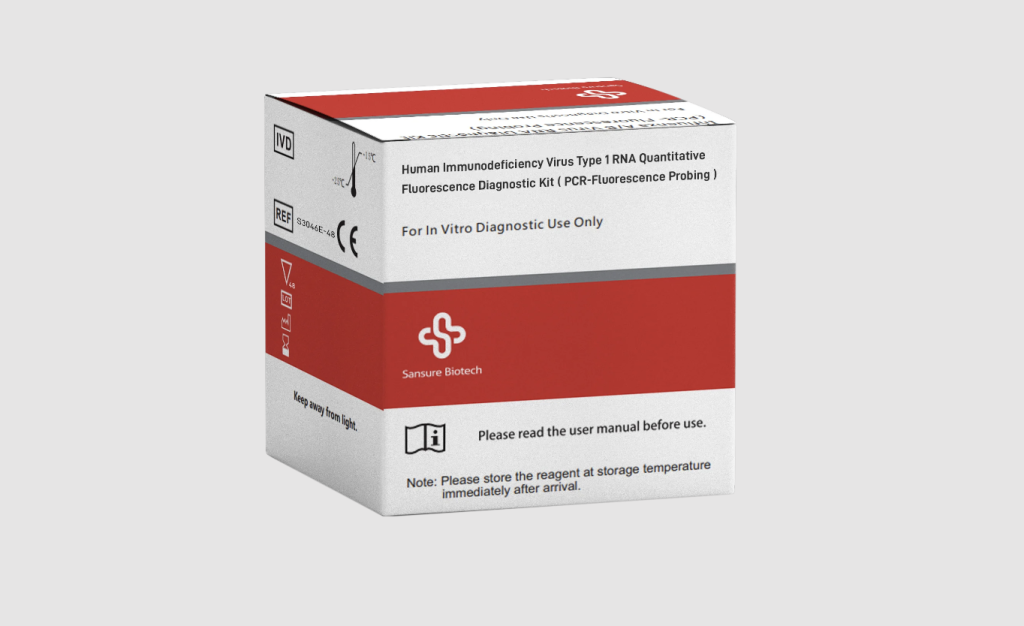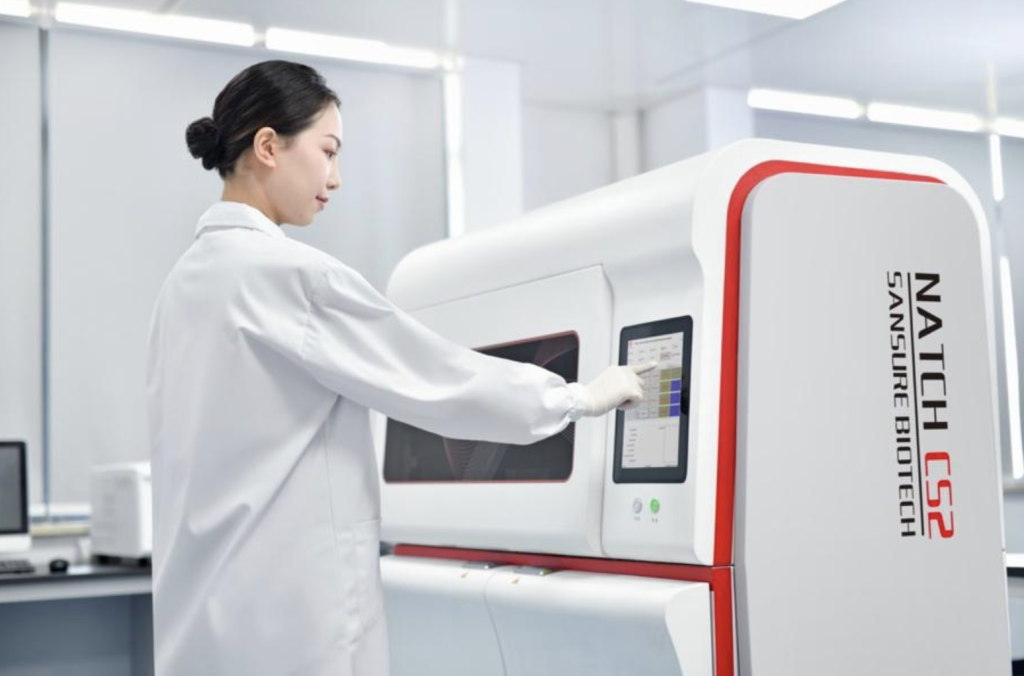HIV nucleic acid detection technology is a method used to detect HIV viruses in the human body, which provides highly accurate results and is crucial for early detection and monitoring of HIV infection.
World AIDS Day, observed annually on Dec 1, is a global initiative aimed at raising awareness about HIV/AIDS. This day is crucial in promoting understanding, fighting stigma, and commemorating those who have lost their lives to the virus. Each year, World AIDS Day adopts a specific theme, and for this year, the focus is on the powerful notion of “Let Community Lead.”
This theme emphasizes the pivotal role that communities play in the fight against HIV/AIDS. It recognizes that community-led efforts are vital for prevention, testing, and support. In this article, we delve into the significance of this year’s theme and explore HIV, shedding light on the importance of community involvement in tackling this disease.
What is HIV and Community-Based HIV Testing?
HIV, or Human Immunodeficiency Virus, is a virus that attacks the immune system, leaving the body vulnerable to infections and diseases. The global impact of HIV is significant, with millions of people affected worldwide. In the latest data provided by UNAIDS, it is reported that in 2022, the global number of individuals living with HIV reached approximately 39 million. This figure comprises 37.5 million adults and 1.5 million children under the age of 15. Notably, 53% of those affected were women and girls [1].
The current scenario is concerning on multiple fronts. Firstly, the number of people affected by HIV remains alarmingly high. The virus has not been eradicated, and efforts to control its spread continue to be a global health priority. Secondly, there is a noticeable shift in the demographic of those affected by HIV. Increasingly, the virus is impacting a younger demographic. This shift presents unique challenges, as younger individuals may face additional social, economic, and healthcare barriers in dealing with the virus.
To address the prevalence and impact of HIV, community-based testing has become pivotal. Community-led provide accessible and stigma-free environments for testing. Within these initiatives, Nucleic Acid Amplification Tests (NAAT) have gained prominence for several reasons:
- Early Diagnosis: Nucleic acid HIV tests allow for early detection of the virus, enabling prompt intervention and treatment. Early diagnosis is crucial in managing the progression of HIV and preventing further transmission.
- Excluding False-Positive Results: The nucleic acid HIV test offers high specificity, reducing the likelihood of false-positive results. This accuracy is essential in avoiding unnecessary stress and ensuring that resources are directed to those who truly need them.
- Estimating Infectivity of Patients’ Sex Partners: Community-based Nucleic acid HIV tests can help estimate the infectivity of individuals, aiding in targeted interventions and preventive measures. This aspect is crucial in understanding and controlling the spread of the virus within communities.
- Evaluating Treatment Progress: Nucleic acid HIV tests are valuable in monitoring the effectiveness of HIV treatment. Regular testing allows healthcare professionals to assess the progress of antiretroviral therapy and make adjustments as needed.
The adoption of Nucleic acid HIV tests in community testing reflects a commitment to comprehensive and effective strategies. These tests not only enable early detection but also contribute to reducing false positives, understanding transmission dynamics, and assessing the success of treatment efforts.
Nucleic Acid HIV Tests and Sansure’s Contribution
There are two primary types of Nucleic Acid Amplification Tests for HIV testing: qualitative and quantitative.
- Qualitative NAAT determines the presence or absence of the virus.
- Quantitative NAAT measures the amount of virus present in the bloodstream [2].
Sansure, a leading provider of diagnostic solutions, offers state-of-the-art testing kits for quantitative detection of HIV 1 RNA. One such kit is the Human Immunodeficiency Virus Type 1 RNA Quantitative Fluorescence Diagnostic Kit, which is designed for quantitative detection of the HIV-1 Virus RNA in human EDTA plasma specimens. The kit utilizes patented Modified-Capture Probe Assay, minimizing the risk of specimen pollution and thus adding to the precision and accuracy. The kit LOD reaches 25IU/mL, making it a trustworthy NAAT kit for clinics, hospitals, and labs.

Summary
The global prevalence of HIV remains a significant concern, with a growing number of younger individuals affected. Community-based testing, particularly utilizing Nucleic Acid Amplification Tests, emerges as a crucial strategy.
In the trajectory of fighting against HIV and ultimately striving for a better, HIV-free world, everyone has a role to play. Sansure, like every company and social group, is making an effort!
References:
- https://www.hiv.gov/hiv-basics/overview/data-and-trends/global-statistics/
- Dang Y, Liu N, Tan C, Feng Y, Yuan X, Fan D, Peng Y, Jin R, Guo Y, Lou J. Comparison of qualitative and quantitative analyses of COVID-19 clinical samples. Clin Chim Acta. 2020 Nov;510:613-616. doi: 10.1016/j.cca.2020.08.033. Epub 2020 Aug 25. PMID: 32858058; PMCID: PMC7446654.

